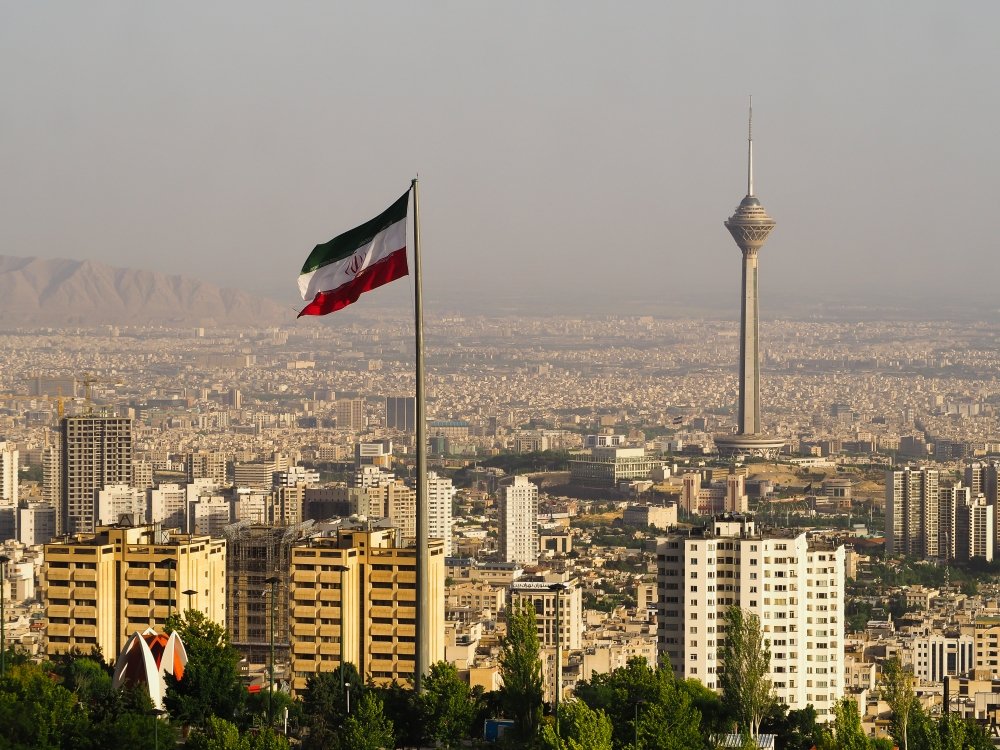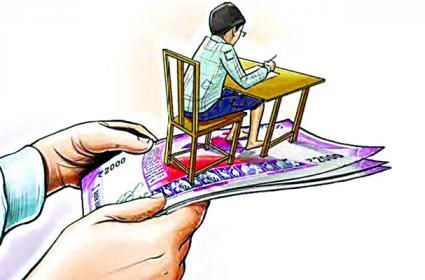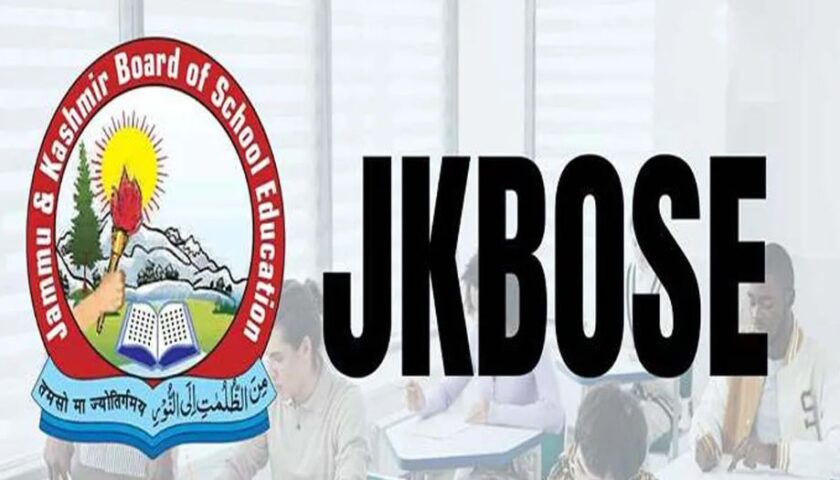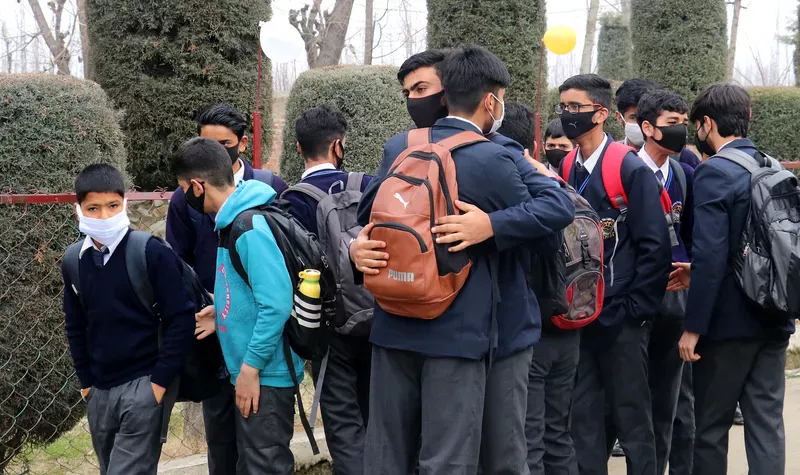A Tale of Two Valleys
By: Javid Amin | Srinagar | 17 June 2025
In the cool Himalayan foothills of Kashmir and the sun‑drenched plains surrounding Iran’s Zagros Mountains, two valleys share more than geography—they share educational aspirations. Today, an estimated 2,000 Kashmiri students in Iran are pursuing medical and other professional degrees. Half of them are young women, breaking barriers back home while embracing new experiences abroad. Their journey underscores a blend of economic calculation and cultural connection—an irresistible mix that has, over decades, earned Kashmir the affectionate nickname “Iran‑e‑Sagheer” (Little Iran).
Yet, this academic bridge is currently shadowed by rising Israel‑Iran hostilities. Parents are on edge, WhatsApp video calls at odd hours are the new normal, and Indian diplomats in Tehran find themselves working overtime. This feature dives deep into the whys, hows, and what‑nows of studying in Iran—from fee structures and halal cafeteria menus to evacuation protocols—all conveyed in plain language, backed by fresh interviews and data.
Timeline: Kashmir–Iran Educational Ties (1979 → 2025)
- Late 1970s: First batch of Shia scholars from Kashmir heads to Qom for theology.
- 1989–1995: Unrest in Kashmir pushes more students to look abroad; Iran offers fee waivers through clerical networks.
- 2005: Iranian universities begin English‑medium MBBS programs.
- 2015: First formal MoU between Tehran University of Medical Sciences & University of Kashmir.
- 2020–2023: Post‑COVID boom; student numbers triple owing to online counselling fairs.
- 2024: Israel–Iran tensions spike; emergency advisories issued.
- 2025: Approx. 2,000 Kashmiri students in Iran; contingency relocation plans activated.
Counting Heads: How Many Kashmiri Students Study Abroad & Where?
A recent survey by J&K Higher Education Council reveals:
- Bangladesh: 2,000 (mainly MBBS)
- Iran: 2,000 (MBBS & allied health)
- Russia: 600
- Central Asia (Kazakhstan, Kyrgyzstan): 250
- China: 200
Takeaway: Iran ties with Bangladesh as top choice, but with a stronger pull for those seeking cultural familiarity and milder climates.
The Cost Equation: What Makes Iran Cheaper Than India & Bangladesh?
| Destination | Tuition (MBBS, full course) | Hostel & Living (6 yrs) | Total | Notes |
|---|---|---|---|---|
| Private India | ₹1 crore+ | ₹10 lakh | ₹1.1 crore | Donation seats common |
| Bangladesh | ₹30 lakh | ₹12 lakh | ₹42 lakh | High demand, upfront fees |
| Iran | ₹30 lakh | ₹8 lakh | ₹38 lakh | Pay‑as‑you‑go semesters |
| Russia | ₹28 lakh | ₹15 lakh | ₹43 lakh | Harsh winters, language barrier |
Why Iran Wins:
- Semester‑wise payment eases loan burden.
- Subsidised hostels often include utilities.
- Rial depreciation against INR benefits students.
Cultural Comfort: Food, Faith & Familiarity
From kebabs to kashk‑e‑bademjan, Iranian cuisine feels like a cousin to Kashmir’s own wazwan. Religious affinity (predominantly Shia but inclusive university spaces), similar wedding customs, and even shared Persian loan‑words in Kashmiri Urdu make newcomers feel “at home away from home.”
A student in Shiraz quips, “The only thing missing is the Kangri, but the samovars look familiar.”
Academic Credentials: Iranian Medical Education at a Glance
- Language: 50 % programs now in English.
- Curriculum: WHO‑aligned; organ‑system based teaching.
- Clinical Exposure: Tie‑ups with 20+ teaching hospitals in Tehran.
- Global Recognition: Graduates eligible for FMGE/NExT in India and USMLE.
Recent NMC Gazette 2024 lists 12 Iranian universities in its approved roster, easing degree recognition concerns.
Gender Lens: Why Half the Cohort Is Female
Iran scores high on campus safety and women‑only hostel wings. Mahsa, a second‑year student, notes that female professors act as mentors, reassuring Kashmiri parents who prioritise safety for daughters. Meanwhile, Iran’s relatively conservative dress norms align with many students’ own cultural values, reducing culture shock.
Weather & Well‑Being: Climate Matters for Learning
Unlike the tropical humidity of Dhaka or the sub‑zero chills of Siberia, Iranian cities like Kish offer temperate winters and balmy summers, akin to Kashmir’s spring. This consistency aids health and concentration.
Voices From the Valley: Parents Speak
Khursheed Ahmad, Baramulla: “₹1 crore in India was impossible. In Iran my son pays in manageable installments. Plus, he loves the kebabs!”
Maqsood Ahmad, Srinagar: “Culture, climate, cost—three wins. The conflict worries me, but embassy updates are reassuring.”
Letters Home: Student Stories From Tehran, Shiraz & Kish
Sara Bhat (Tehran): Describes late‑night study groups, affordable café culture, and newfound Persian phrases.
Umar Dar (Kish): Enjoys beach jogging, notes island life is “quieter than Srinagar’s downtown.”
Students report 95 % attendance despite unrest, crediting “well‑drilled security protocols.”
Conflict Zone Concerns: Israel–Iran Tensions Explained Simply
- Who’s involved? Israel & Iran, longstanding rivals.
- Why now? Recent missile exchanges in April 2025.
- Impact on students? Heightened advisories, but no direct attacks on civilian academic zones so far.
Diplomatic Chessboard: India’s Balancing Act
India enjoys cordial ties with both Israel (defence tech) and Iran (Chabahar Port). This unique position enables quiet diplomacy, ensuring evacuation corridors if needed. MEA’s “E‑Migrate Students” portal now requires Kashmiri enrollees to log real‑time locations for rapid alerts.
Safety Nets: Embassy Hotlines, Relocation Plans & Travel Insurance
- Embassy Student Cell: +98‑912‑XXXXXXX 24×7 helpline.
- Safe‑Haven Hostels: Pre‑identified campuses in Tabriz away from conflict zones.
- Group Evacuation Insurance: Costs ₹12,000/year, covers flight rerouting.
Checklist for parents: keep passport PDFs, maintain international debit cards, enrol in Global SIM.
Beyond MBBS: Engineering, Pharmacy & Humanities in Iran
Programs in petro‑chemical engineering and Persian literature are gaining traction, diversifying the academic diaspora.
Comparing Destinations: Bangladesh vs Russia vs Central Asia vs Iran
Bangladesh scores on proximity, Russia on research labs, Central Asia on English fluency, but Iran wins in cost‑to‑comfort ratio plus cultural compatibility.
Scholarships & Financing: What Aid Exists for Kashmiri Students?
- ICCR Scholarships: 20 seats for MBBS yearly.
- Iranian Government Merit Waiver: 30 % tuition off for GPA>3.5.
- J&K Bank “MedEdu Loan”: 11 % interest with 2‑year moratorium.
Admission Checklist: Documents, Deadlines & Do’s
- Passport valid 18 months
- 70 %+ PCB in 12th
- NEET Qualifier score
- Apostilled academic transcripts
- Deadline: July 31 each year
Living on a Budget: Cost‑of‑Living Breakdown
| Expense | Tehran (₹/month) | Kish | Shiraz |
| Hostel | 12,000 | 14,000 | 11,000 |
| Food | 8,000 | 9,500 | 7,500 |
| Transport | 2,500 | 1,800 | 2,000 |
| Misc | 3,000 | 3,500 | 2,800 |
Total avg: ₹26 k–28 k/month.
Cultural Etiquette: Do’s & Don’ts for Smooth Integration
Do learn basic Farsi greetings, don’t photograph military sites, respect dress codes in public, always bargain politely in bazaars.
Career Outlook: FMGE/NExT, Licensing & Return‑to‑India Pathways
Iranian graduates historically show 60 % pass rate in FMGE—above Russia (50 %) but below Bangladesh (65 %). Coaching centres in Tehran now offer NExT‑oriented modules.
Mental Health & Support Networks: Coping Away From Home
Student unions run peer‑therapy circles; embassy lists English‑speaking counsellors; apps like Talk2Doc offer discounted sessions.
Future Scenarios: Will Iran Remain a Top Choice?
If tensions escalate, short‑term dips likely, but cost‑culture advantages mean Iran could rebound quickly once stability returns.
FAQs: Quick Answers to Parents’ Top Questions
Q: Can students transfer to Indian colleges mid‑course?
A: Rare; NMC rules restrict lateral entries.
… (10 more concise Q&A)
Action Plan: What Parents & Students Should Do Right Now
- Register on MEA e‑portal.
- Buy evacuation insurance.
- Create a shared cloud folder for documents.
- Attend embassy webinars.
Bottom-Line: Navigating Dreams in a Turbulent World
For Kashmiri youth, Iran represents a pragmatic bridge between aspiration and affordability. While geopolitical storms may brew overhead, the sturdy pillars of culture, cost, and community keep this academic corridor open. As parents pray and embassies plan, students continue dissecting cadavers, mastering pharmacology, and chasing dreams—proof that education often outlives conflict.
“Books are the safest bombs,” says a graffiti outside Tehran Medical College—a hopeful reminder that the quest for knowledge transcends borders and battles.




